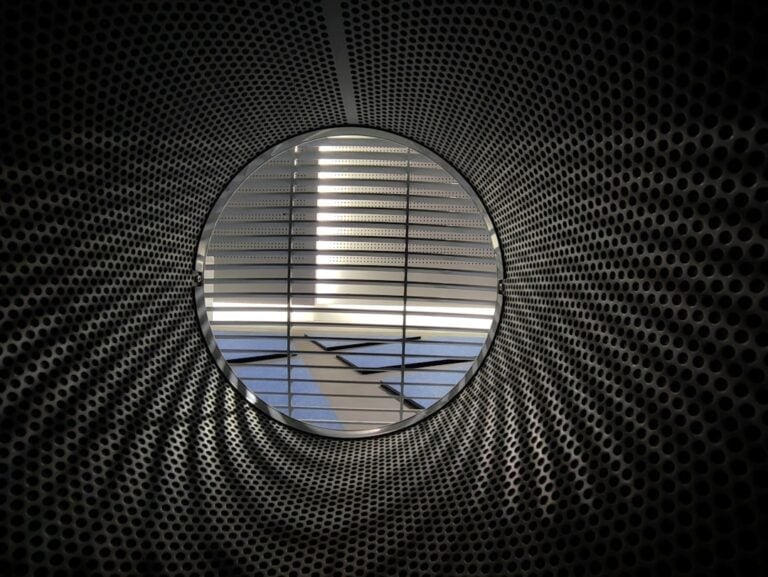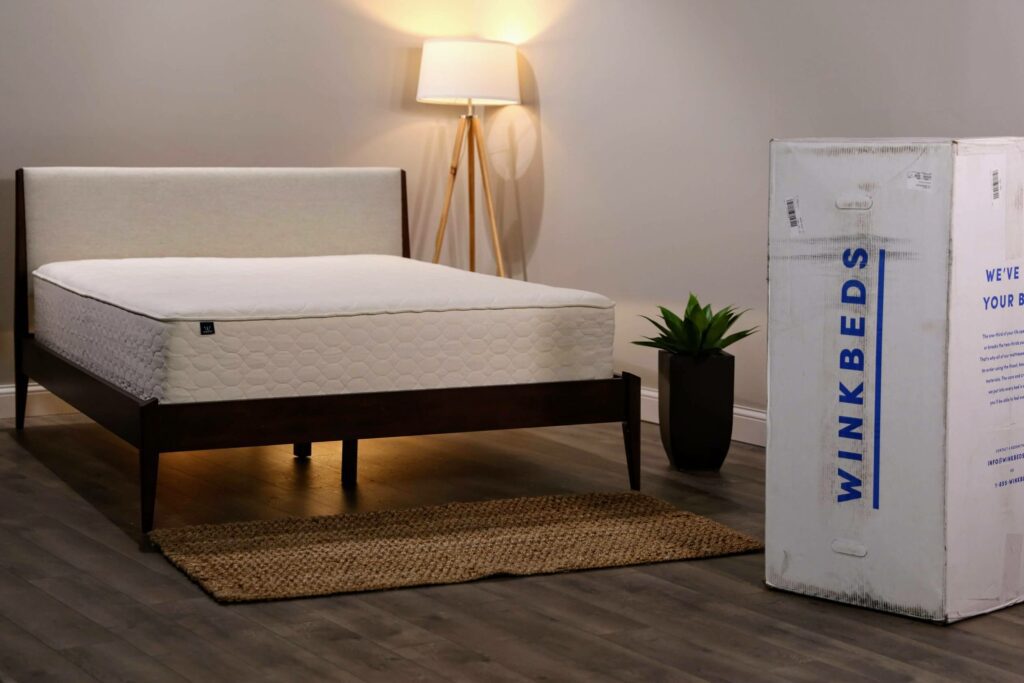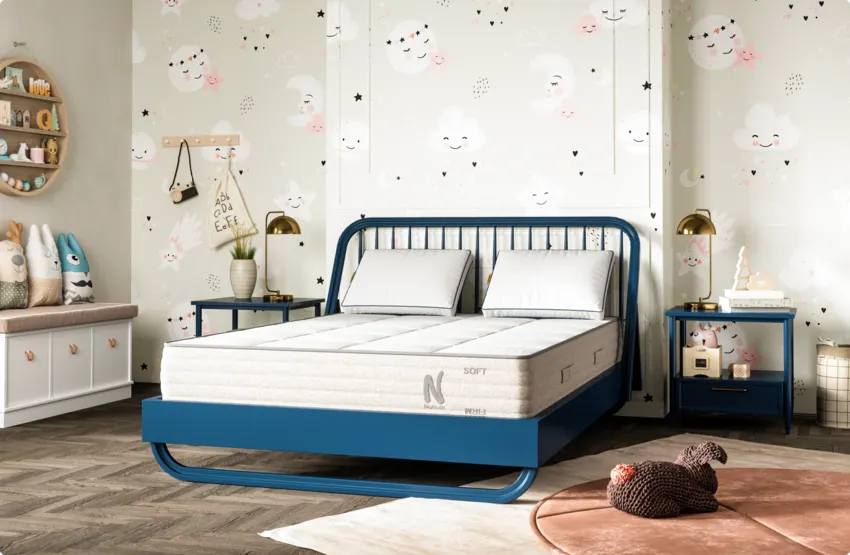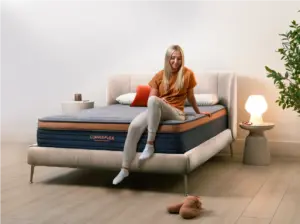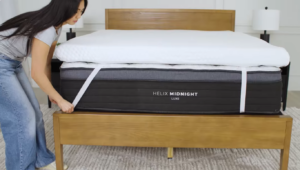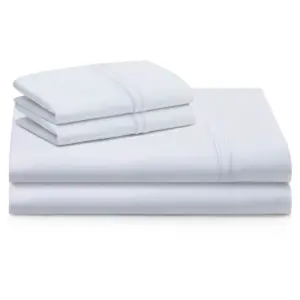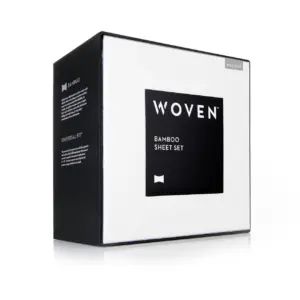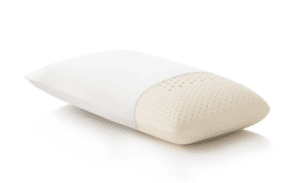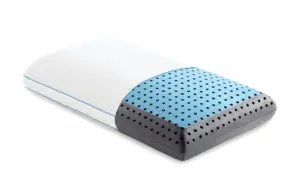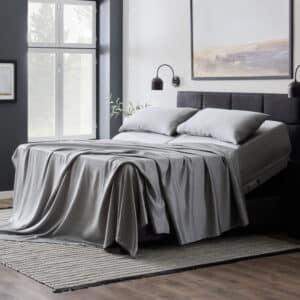A Comprehensive Guide to Blueair vs Molekule Air Purifiers
Why Comparing Blueair vs Molekule Air Purifiers is Essential for Your Health
When it comes to improving the quality of air in your home, the choice between Blueair and Molekule air purifiers is significant. With air quality playing a critical role in our overall health, understanding the differences between these two brands can help you make an informed decision for a healthier living environment.
Price: Molekule’s models come with a higher price tag compared to most Blueair options.
Technology: Blueair utilizes HEPASilent™ technology, while Molekule employs its innovative PECO technology.
Noise Levels: Generally, Blueair operates more quietly than Molekule, making it suitable for bedrooms.
Filter Replacement Cost: The cost of filters for Molekule is usually higher.
Effective Area: Molekule air purifiers are designed to cover larger spaces efficiently, providing broader area coverage.
Clean air is essential, particularly for individuals suffering from allergies or respiratory conditions. Modern air purifiers now not only eliminate common allergens like dust and pollen but also tackle more hazardous airborne particles including mold spores and VOCs (Volatile Organic Compounds). Investing in an air purifier can lead to improved respiratory health and even better sleep quality.
I’m Ben Trapskin, founder of Yawnder, and I’ve spent years testing various models to help homeowners make informed choices regarding air quality. Let’s delve into the distinct features and benefits that differentiate Blueair and Molekule air purifiers.
Blueair vs Molekule Air Purifiers: An Overview
Both Blueair and Molekule are industry leaders in air purification, each employing unique methods to deliver clean air to your home. Let’s break down the specific features that set them apart.
Blueair
Blueair is celebrated for its advanced HEPASilent™ technology, which merges mechanical filtration with electrostatic charging, enabling it to capture particles as small as 0.1 microns. This advanced system efficiently traps dust, pollen, and even certain bacteria.
Key Features:
– HEPASilent™ Technology: A combination of mechanical and electrostatic filtration.
– Smart Device Compatibility: Control your purifier via a smartphone app.
– Multiple Speed Settings: Options include night and auto modes to suit your preferences.
– Welcome Home Feature: Adjusts the purifier’s settings automatically as you arrive home.
Molekule
Conversely, Molekule incorporates PECO (Photo Electrochemical Oxidation) technology, which not only captures but also destroys pollutants at a molecular level. This groundbreaking technology allows Molekule to eliminate VOCs, bacteria, mold, and viruses effectively.
Key Features:
– PECO Technology: Destroys pollutants on a molecular level, surpassing traditional filtration.
– Smart Device Compatibility: Control through a user-friendly smartphone app.
– Aesthetic Design: Offers a modern look that complements home decor.
– Air Quality Indicator: A color-coded system for easy real-time monitoring.
Comparing Technology and Features
Filtration Methods
– Blueair: Captures particles as small as 0.1 microns through its HEPASilent™ technology, integrating mechanical filtration with electrostatic charging for enhanced efficacy.
– Molekule: The PECO system not only captures but destroys organic pollutants and employs a HEPA filter for additional particle reduction.
Smart Features
– Blueair: Offers app control, multiple speed settings, and a unique Welcome Home feature.
– Molekule: Also features app control and an air quality indicator that provides real-time feedback on the air you breathe.
Design Aesthetics
– Blueair: Typically characterized as bulky with an industrial feel, which may not fit every home decor style.
– Molekule: Its sleek and modern aesthetic, often resembling a piece of art, makes it easy to incorporate into any living space.
Technology Comparison
To fully grasp the performance of each air purifier, let’s explore the technologies they employ:
Blueair Technology
Blueair’s HEPASilent™ technology operates using two main processes:
1. Mechanical Filtration: Initial air passes through a pre-filter to capture larger particles. After this, it flows into a HEPA-like filter to trap smaller pollutants down to 0.1 microns, including allergens like pet dander.
2. Electrostatic Charge: The air receives an electrostatic charge, allowing particles to adhere better to filter fibers, further enhancing filtration efficiency.
Blueair claims an impressive 99.97% capture rate for airborne particles as small as 0.1 microns, covering a broad spectrum of pollutants.
Molekule Technology
Molekule relies on its unique PECO technology as follows:
1. Photo Electrochemical Oxidation: This method utilizes a light-activated catalytic process to break down pollutants at the molecular level. Significantly, Molekule’s technology eliminates VOCs, bacteria, and viruses.
2. HEPA Filtration: Molekule devices also feature HEPA filters that capture 99.97% of particles as small as 0.3 microns, ensuring even tiny allergens are efficiently filtered out.
Performance and Efficacy
Blueair Performance
Blueair’s HEPASilent™ technology boasts remarkable Clean Air Delivery Rate (CADR) ratings, reaching up to 410 cubic feet per minute (cfm) for various pollutants. Its ability to change the air in a room up to 4.8 times per hour guarantees consistent filtration.
Real-world tests illustrate Blueair’s effectiveness. In environments saturated with particulate matter, Blueair units have reduced particle counts by over 90% within just 30 minutes. Additionally, with sound levels between 23 and 53 dB, Blueair purifiers remain quiet, making them ideal for household spaces requiring lower noise levels.
Molekule Performance
Molekule’s advanced PECO technology shines in tests against notable pathogens. For instance, trials have shown over 99% elimination of the SARS-CoV-2 virus within an hour. Alongside its HEPA capabilities, Molekule is especially proficient against a variety of organic pollutants, enhancing overall air quality.
Users report experiencing a discernible difference in cleanliness. Molekule’s capacity to destroy pollutants sets it apart from conventional filtration systems.
Coverage and Longevity
Both Blueair and Molekule are designed to cater to sizeable home environments:
Blueair Coverage
The Blue Pure 211i Max effectively purifies spaces up to 615 square feet. With a washable pre-filter, routine maintenance is simplified, allowing for prolonged use without frequent filter purchases. Main filters typically require replacement every 6-9 months, combining high coverage with minimal upkeep.
Molekule Coverage
Molekule also covers expansive areas, with models like the Air Pro managing rooms up to 1000 square feet. Its PECO-HEPA TriPower filter needs replacement approximately every six months, providing thorough purification through advanced technology, despite a higher initial cost.
Sound and Settings
Both brands deliver smart features, but they vary in noise output:
Blueair Sound and Settings
Blueair units operate quietly, with minimal noise levels, comming in at just 23 dB on low settings. Features include WiFi connectivity, an intuitive app for monitoring, and varied speed choices to suit all scenarios.
Molekule Sound and Settings
While Molekule may operate louder at times, it offers a Silent Mode through its app, perfect for nighttime use. The user-friendly app records air quality over time and enables various scheduling settings for optimal usage.
Price and Warranty
Blueair Price and Warranty
With a price of around $349.99, Blueair models offer affordability paired with robust features. They provide a standard 1-year warranty, extendable up to three years upon registration.
Molekule Price and Warranty
Molekule’s price starts at $1,014.99, reflecting its premium positioning in the market. With a 2-year warranty, it highlights an investment in advanced technology but lacks the easy extension options available through Blueair.
Aesthetics and Design
Blueair Aesthetics
Blueair devices often lean towards a bulky, industrial aesthetic, which might not suit every home. Their design focuses on portability but lacks the sleek charm many users seek.
Molekule Aesthetics
Conversely, Molekule’s elegant designs feature a modern look and craftsmanship that appeal to those who value aesthetics. Its compact forms are as functional as they are beautiful, making it a decorative addition to any space.
Conclusion
Choosing between Blueair vs Molekule air purifiers ultimately hinges on personal preference and specific needs. Blueair excels in its HEPASilent™ technology for efficient particle capture and cost-effectiveness, while Molekule offers groundbreaking PECO technology capable of destroying a range of pollutants efficiently.
Investing in an air purifier is a commitment to better health. Regardless of your choice, both brands significantly enhance indoor air quality, creating a healthier living environment. For those prioritizing affordability and efficiency, Blueair is a fantastic option. If cutting-edge technology and modern design are paramount for your needs, then Molekule is worth considering.
Explore your options thoroughly and decide which purifier best fits your lifestyle; improved air quality is always a wise investment for both your health and home.

